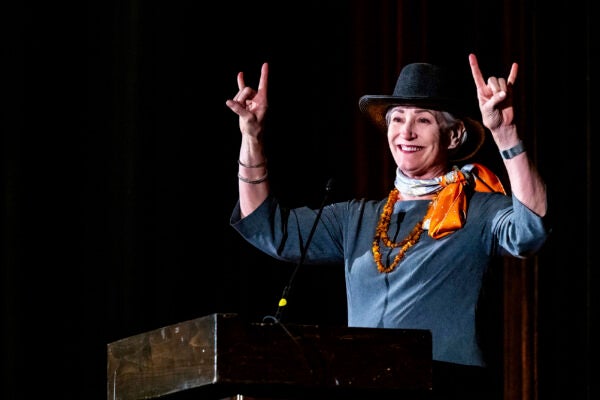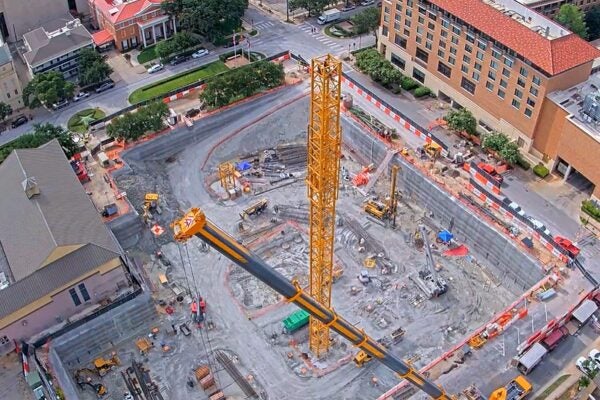Stimulus masks deeper economic issues
Real effects of downturn still on the horizon, Austin analyst says


By Judie Kinonen
While the economy has clearly taken a beating, it appears to be holding the line after six months of pandemic-induced shutdowns. But this is only the beginning of what will be a long game of economic recovery, said Jon Hockenyos, president of Austin-based economic analysis firm TXP Inc.
In a virtual McCombs Presents event September 10 entitled “The Texas Economy: Is That a Light at the End of the Tunnel, or a Train Coming at Us?”, Hockenyos responded to questions from Jim Nolen, Texas McCombs distinguished senior lecturer emeritus of finance.
Hockenyos provides economic analysis and strategic direction for several state and local government agencies, and he has served as a resource witness before Congress. An investor in Austin-area real estate and restaurants, Hockenyos also holds board positions for a local bank and a hospital.
Can you give us your perspective on where we are in this recovery? Using a sports analogy: first quarter, half-time, or two-minute warning?
We’re in the second quarter, because we’ve seen the first round of effects, but we haven’t seen the ripple effects. The high level of economic stimulus has propped up consumer spending. During enhanced unemployment, 75 percent of people had more money in their pockets than they made working. But demand is down and values have taken a hit. We haven’t yet seen what that’s going to mean for commercial banking and commercial real estate.
Talk about the effects on commercial real estate.
I think every company that occupies office space is asking themselves, “What are our needs going forward?” and they don’t know the answer yet. In Austin, we’re down 43 percent for people going to work compared to January. Is some of that going to come back? Absolutely. Is it all going to come back? Probably not. We’ll have to wait to see what the implications are, but I think that’s years, not months.
You were instrumental in bringing the Tesla factory to Austin. What role will that play in our local recovery?
We think of Tesla as this modern economy, advanced manufacturing kind of group, but many of the jobs coming with Tesla to Austin are middle-skill jobs — meaning they employ folks who probably don’t have a four-year education, and they’re going to pay right in the $50,000 annual range with pretty good benefits. It’s a shot in the arm as we’re dealing with the consequences of the economic downturn, but it also addresses a structural problem here, because too much of our growth in Austin has been either for people with advanced degrees in technology or in the service sector. Now we’ve created other opportunities for people who don’t have higher education.
With the massive fiscal and monetary stimulus, are these measures masking future problems?
The stimulus masks the problem, but if the stimulus runs out before the problem is resolved, then you’ve just delayed the inevitable. So if it’s not going to be money that was spent just delaying the inevitable, we have to let these companies — particularly small businesses — that rely on government support continue to get it until we get to the other side.
Some businesses have adapted well and others thrived during this pandemic. What are your predictions?
People who provide food and home have done well, and all the technology involved in communication has done well. Single-family residential real estate has done relatively well, reversing a trend toward density.
We are really discovering what can be done remotely. I had a remote doctor’s appointment that I was highly skeptical of, and I was stunned at how well it actually worked, and I think we’ve all had that experience in some way. The ability to interact with each other economically remotely is going to continue to grow. What it means is that if you’re good at what you do, your market may now be a whole lot bigger than it once was.
Watch the full video below:
About this Post
Share:


